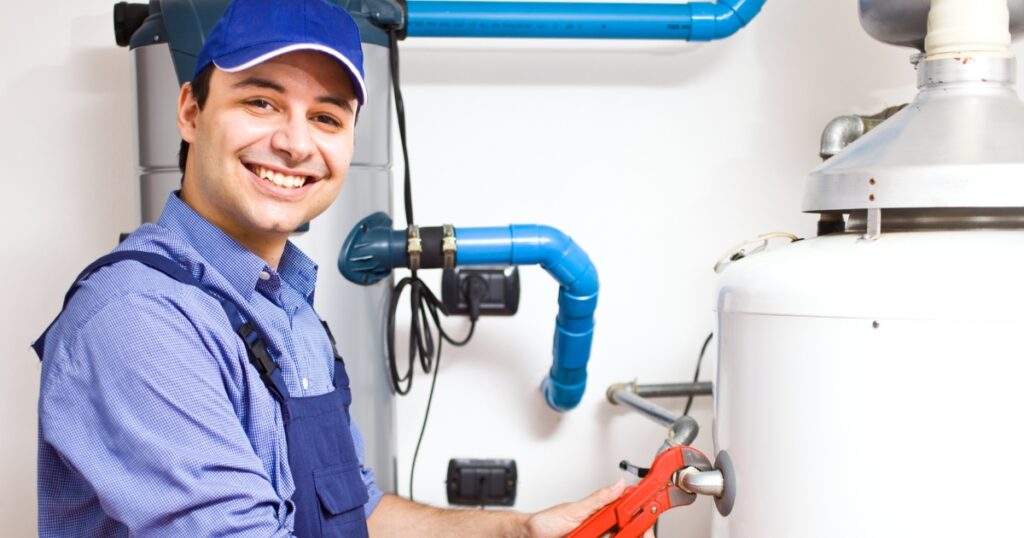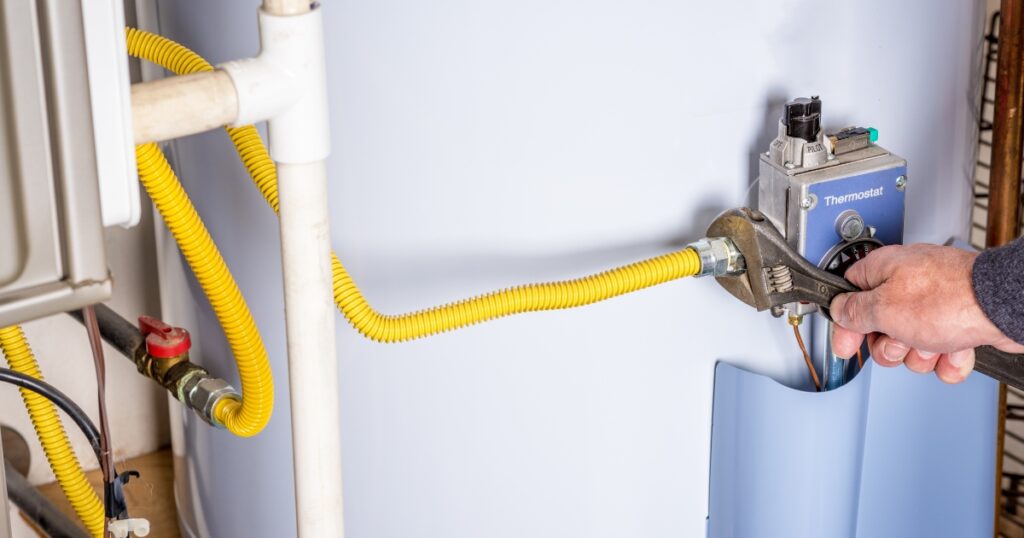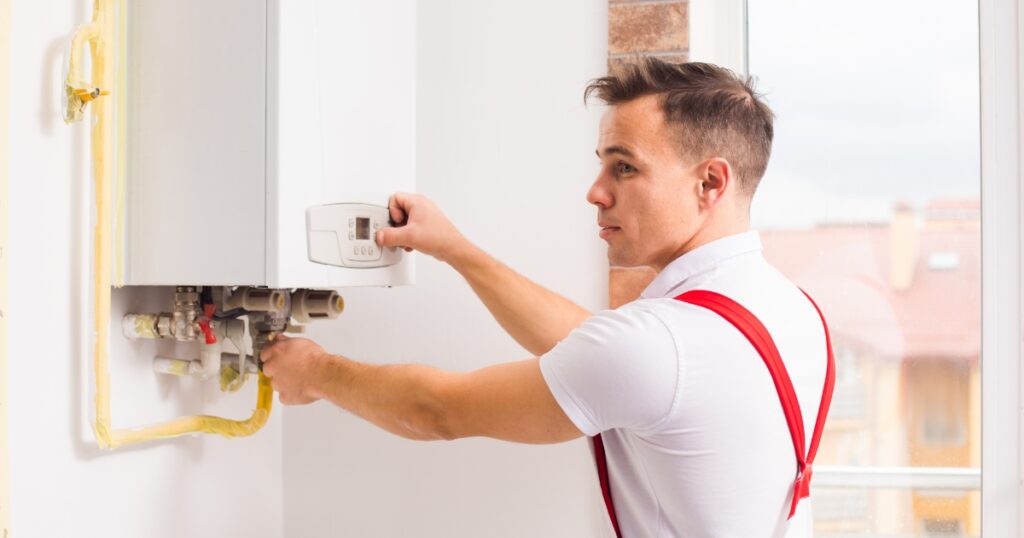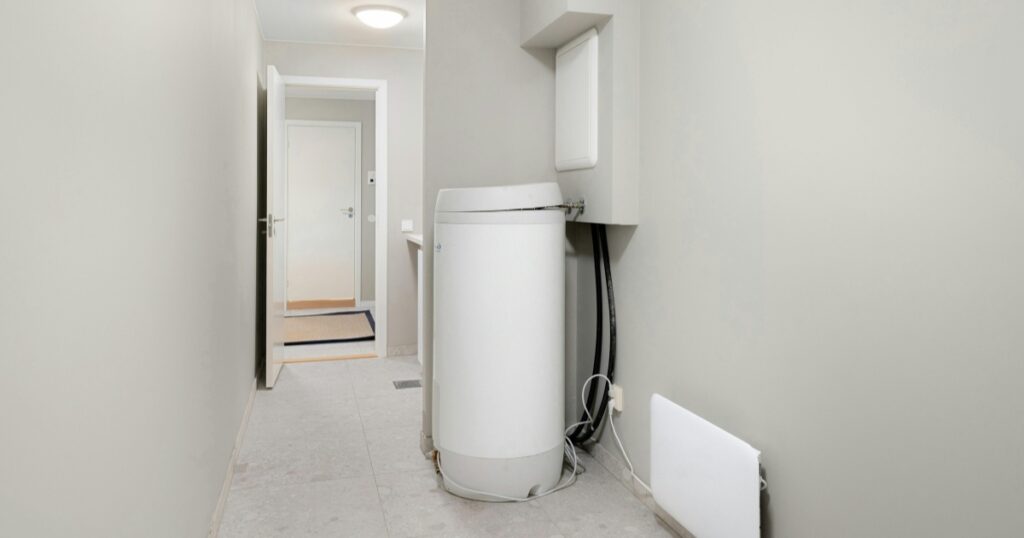Flushing your hot water heater is one of the most effective ways to keep your system running efficiently. It removes built-up sediment, improves heating performance and extends the life of the unit. Whether you have a gas, electric or solar model, this simple task can make a big difference to how well your system performs.
This guide explains when and how to flush your hot water heater, why it matters, and what to look out for.
Why Flushing Your Hot Water System Matters
Over time, minerals and debris collect in the bottom of the storage tank. This sediment often includes sand, rust flakes and calcium carbonate. If it’s left to build up, it can:
- reduce your system’s ability to heat water quickly
- make your water appear cloudy or discoloured
- cause banging or rumbling noises
- lead to higher energy bills
- shorten the lifespan of the unit
In areas with hard water, sediment builds up more quickly. Even in softer water areas, a yearly flush can help prevent issues before they start.
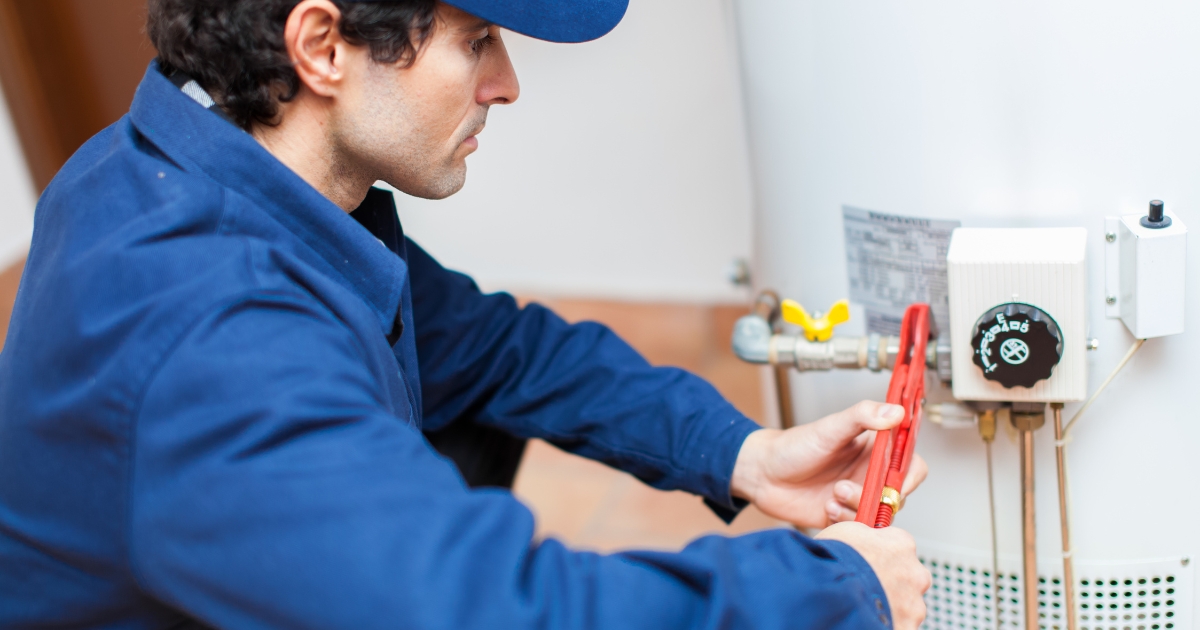
Signs Your System Needs Flushing
There are a few warning signs that suggest your hot water system may benefit from flushing:
- Water is slow to heat or doesn’t get as hot as before
- A noticeable drop in water pressure
- Discoloured or murky water coming from taps
- Odd noises from the storage tank, especially banging or popping
- A musty or metallic smell in the hot water
If you notice any of these signs, it’s worth checking your tank or calling a licensed plumber to inspect it.
How Often Should You Flush Your Hot Water Heater?
Most manufacturers recommend flushing your hot water system at least once a year. In some areas, every six months may be better, especially where water has a high mineral content.
If you’re not sure how hard your water is, check with your local council or water supplier. They often provide water quality reports that include mineral levels.
Tools and Materials You’ll Need
Before starting, make sure you have the right tools for the job:
- Garden hose (long enough to reach a suitable drainage point)
- Flathead screwdriver or spanner (depending on your tank model)
- Bucket or container for checking water clarity
- Gloves and safety glasses
- Access to a floor drain, outdoor area or stormwater point
Important: Always follow the manufacturer’s guidelines or consult a licensed plumber if you’re unsure.
Step-By-Step Guide to Flushing Your System
Here’s how to flush a standard electric or gas hot water heater:
1. Turn off the power or gas supply
For electric systems, switch off the power at the circuit breaker. For gas models, turn the thermostat to the ‘pilot’ setting or completely off. This avoids damage to the heating element while the tank is empty.
2. Turn off the cold water supply
Locate the cold water inlet valve at the top of the tank and shut it off. This stops water from refilling the tank during the process.
3. Connect a garden hose to the drain valve
Find the drain valve at the bottom of the tank. Attach your hose securely, then run the other end to a drain or suitable outdoor area. Be cautious—the water may be hot.
4. Open a hot water tap in your home
This step allows air into the system and helps the water drain faster. Choose a nearby tap, such as in the laundry or kitchen.
5. Open the drain valve
Using a screwdriver or spanner, open the valve. Allow the water to drain completely. It may take several minutes depending on the tank size.
6. Check the water for sediment
Use a bucket to catch some of the draining water. If it’s cloudy or contains grit, sediment is being flushed. If the water is clear, your system may not have had much build-up.
7. Flush with cold water
Turn the cold water inlet back on for 1–2 minutes while the drain valve remains open. This will help clear out any lingering debris.
8. Close the drain valve and refill the tank
Once the water runs clear, turn off the drain valve and disconnect the hose. Turn the cold water inlet back on and allow the tank to refill.
9. Turn the power or gas back on
Only once the tank is full should you restore power or reignite the pilot light. Firing up the system while dry can damage the heating element.
10. Check the hot water tap
Once water starts flowing smoothly from the hot tap, you’ll know the system is full and working correctly.
Safety Tips to Keep in Mind
- Always allow the water to cool if you’re unsure how hot it may be
- Use protective gloves and eyewear when working around pressurised systems
- Keep children and pets away from draining water
- If your system is older or leaking, contact a licensed technician before attempting any maintenance
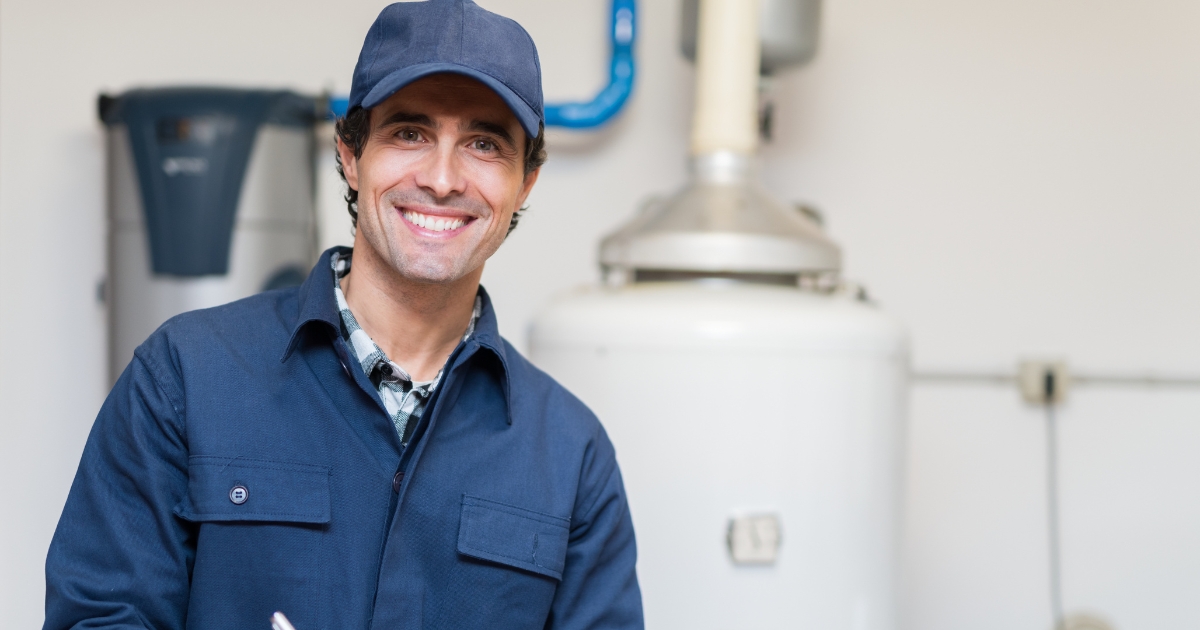
When To Call a Professional
While flushing a system is relatively straightforward, there are times when professional help is the best option:
- Your system is over 10 years old and hasn’t been serviced recently
- The tank is leaking or shows signs of rust
- You hear persistent loud banging even after flushing
- You’re not confident in carrying out the task safely
Local experts like Hogan Hot Water & Air Conditioning offer reliable maintenance and servicing across Lake Macquarie and surrounding areas. Their team can inspect, flush and service your hot water system quickly and safely.
Benefits of a Clean Hot Water Tank
Keeping your hot water heater in good condition has many benefits:
- Improved energy efficiency due to less sediment means faster heating
- Better water pressure and clarity
- Longer life for the tank and components
- Lower risk of breakdowns and costly repairs
- Peace of mind knowing your water supply is clean and reliable
Don’t Forget Solar and Instantaneous Systems
If you have a solar or continuous flow (instantaneous) system, the flushing process may be different. Some models don’t store water in a tank but may still benefit from routine descaling or filter cleaning. Always refer to the manufacturer’s instructions or contact a qualified technician.
Flushing your hot water heater is a simple, practical step that can help you get the best performance from your system. Whether you’re in Newcastle, Lake Macquarie or further afield, taking the time to maintain your system means fewer hassles and more consistent hot water. If you’d rather leave it to the experts, Hogan Hot Water & Air Conditioning can take care of the process for you. Their local team understands the needs of Australian homes and uses trusted methods to keep your system running at its best.

